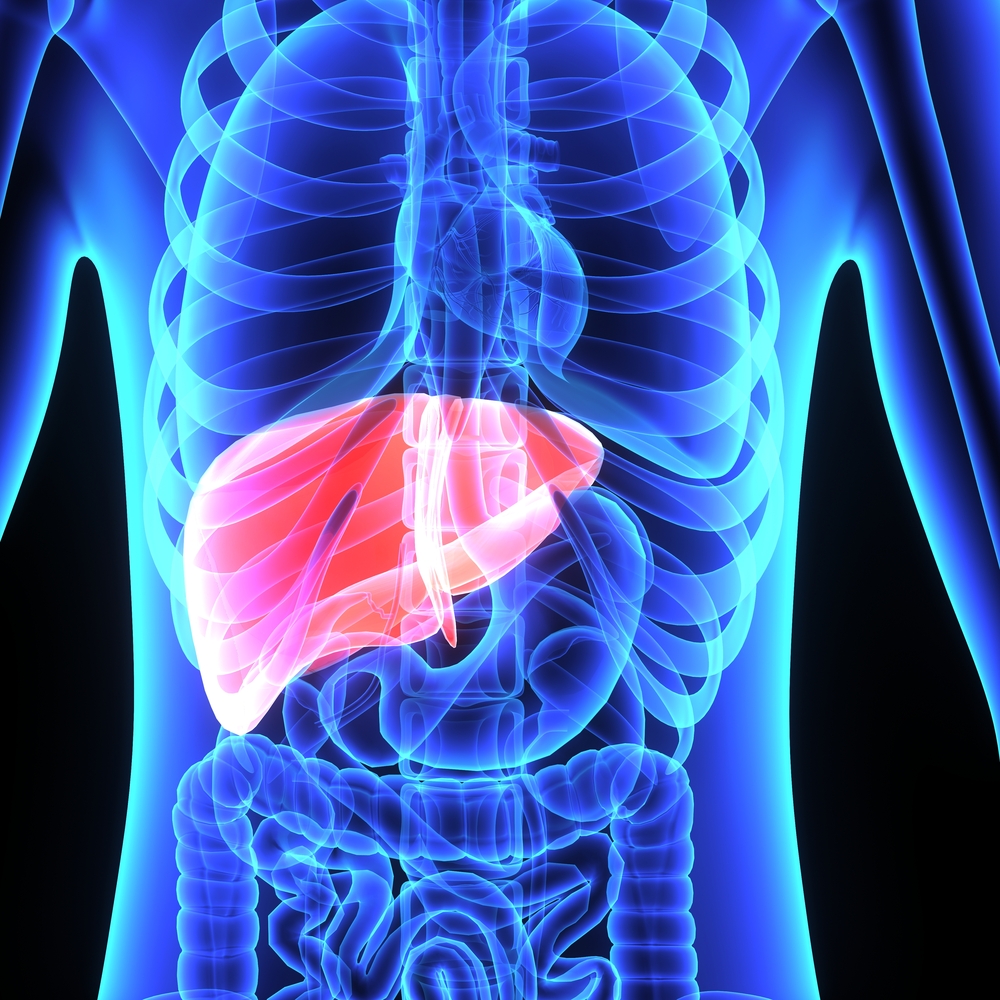- Home
- Blog
- Medical Diets
- Eat to beat fatty liver disease
Eat to beat fatty liver disease
Written by Catherine Saxelby
on Wednesday, 17 June 2020.
Tagged: fat, fatty liver, health, healthy cooking, healthy eating, healthy lifestyle, nutrition

Within the next decade, fatty liver disease will become the leading cause of cirrhosis, liver cancer and liver transplants. So, what is it? How do you get it? And most importantly, what can you do to beat it?
Your liver is one of the key organs of metabolism in your body and consequently is affected by the excesses of modern life. As waistlines burgeon and obesity levels reach crisis point the liver is put under enormous stress. Fatty liver disease is the result.
What is fatty liver?
As its name suggests, fatty liver disease is the accumulation of fat within the cells of the liver. If left unchecked, it can cause inflammation, scarring and eventually progress to cirrhosis and liver failure.
Technically it’s called non-alcoholic fatty liver disease (or NAFLD, as you’ll hear your doctor calling it for short) and it now affects around one-quarter of the population. The other name you may hear is non-alcoholic steatohepatitis or NASH.
If you’re very overweight, There’s a 70 per cent chance you have it and if you have type 2 diabetes then there’s a 50 per cent chance you have it. Carrying too much weight and/or overeating is a clue to its cause.

There are five key indicators of fatty liver disease:
- Being overweight
- Overeating and eating the wrong foods (think junk)
- Drinking to excess
- Having had a viral infection
- Leading a sedentary lifestyle with too much sitting and not enough physical activity.
The good news is that a healthy diet and lifestyle can reverse fatty liver – as long as you don’t leave it too late.
What causes the liver to accumulate fat?
Eating excess food with not enough exercise causes fat to build up in the liver. When the liver does not process and break down fats as it normally should, too much fat will accumulate.
The fat may come from other parts of your body, or your liver may absorb an increased amount of fat from your intestine. However, the eating of fatty foods, by itself, doesn’t produce a fatty liver.
People tend to develop fatty liver if they have certain other conditions, such as obesity, diabetes or high triglycerides. It is normal for the liver to contain some fat, but if fat accounts for more than 10 per cent of the liver’s weight, then you have fatty liver and you may develop more serious complications.
Treatment
There are no drugs or medicines that can cure NAFLD. However, scientists are studying whether various medications can help reduce liver inflammation, including new diabetes medications that may help you even if you don’t have diabetes. These include metformin, pioglitazone, rosiglitazone and betaine.

The 4 steps to treating fatty liver disease
- Losing weight is essential - start by cutting out snacks between meals, and rich food. Eat small portions. Enjoy your dinner out but go for fish or a lean steak and order a double serve of vegetables or salad. This will help with other health problems too like better control of diabetes and lower cholesterol. Give up refined white bread and white rice and swap to low GI carbs such as grainy bread, porridge oats, lentils and yoghurt. These ‘slow carbs’ will help you lose weight and call for less insulin.
- You may find it easier to follow a modified Mediterranean Diet, where you increase the consumption of vegetables and fruits, whole grains and olive oil. You don’t have to give up all your favourite foods – but you do need to eat less of them. Replace processed food, fast food, commercial baked goods and sweets with unprocessed foods high in fibre, including whole grains, vegetables, fruits, legumes, nuts and seeds. Sugar alone is not the cause of NAFLD. But for weight loss, it’s wise to avoid processed foods and beverages with added sugar. Ditto for salt.
- Try to exercise every day – it can make a big difference. Any type of huff-and-puff exercise is fine whether working out, dancing or even walking on a treadmill while watching television. Aim for at least 30 minutes of moderate exercise each day.
- Give up alcohol or drink zero-alcohol beer and wine. If your liver is ‘labouring’ to cope with its load, it’s wise to abstain completely for a period of time - if you are serious about getting your liver working at its peak again.
The bottom line
Take steps now to prevent fatty liver or start to treat it. If diet and exercise do not have the desired effect on the symptoms in six weeks, it may be time to see a doctor or dietitian. You must lose weight. Diet and lifestyle choices, however, are the first line of treatment for this condition.
Useful website
https://www.betterhealth.vic.gov.au/health/conditionsandtreatments/liver-fatty-liver-disease
You may also be interested in...
Foodwatch
The Good Stuff
The Boring Stuff
© 2025 Foodwatch Australia. All rights reserved
Website by Joomstore eCommerce





